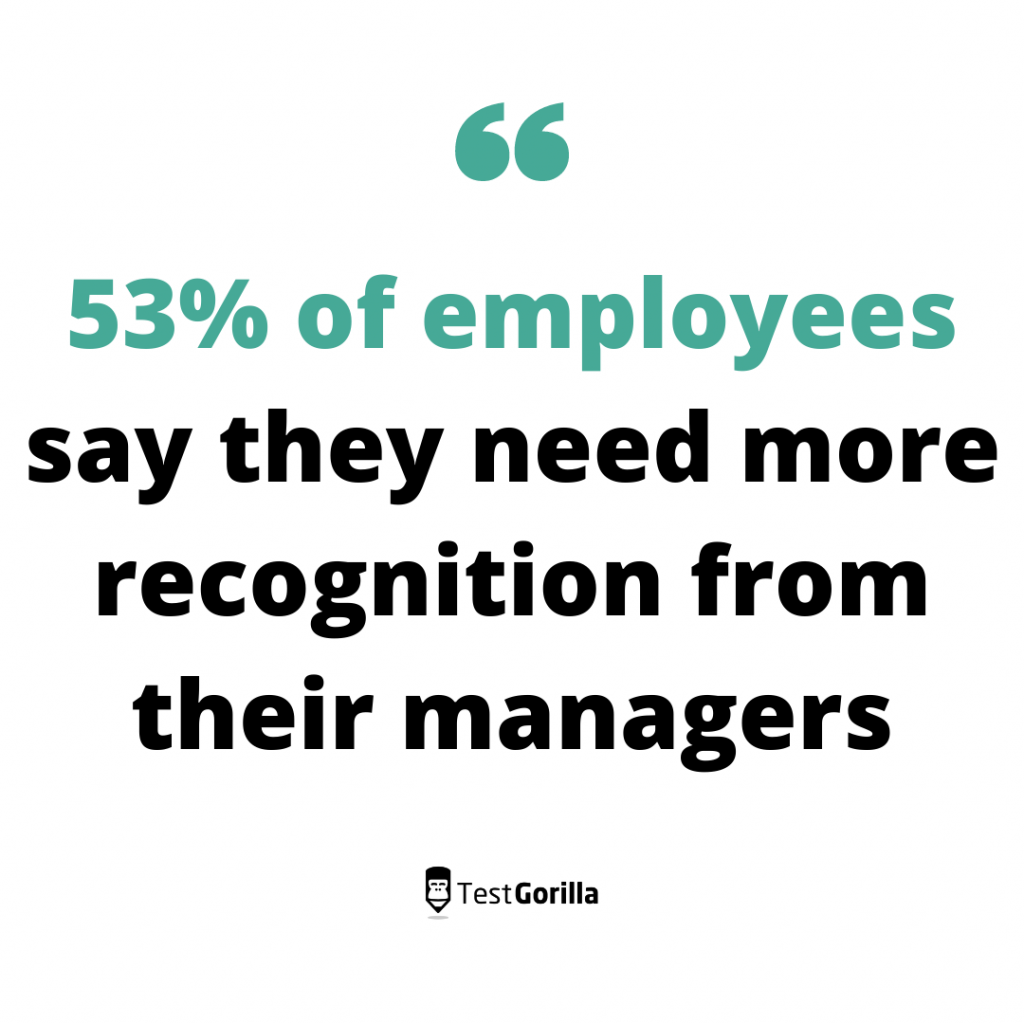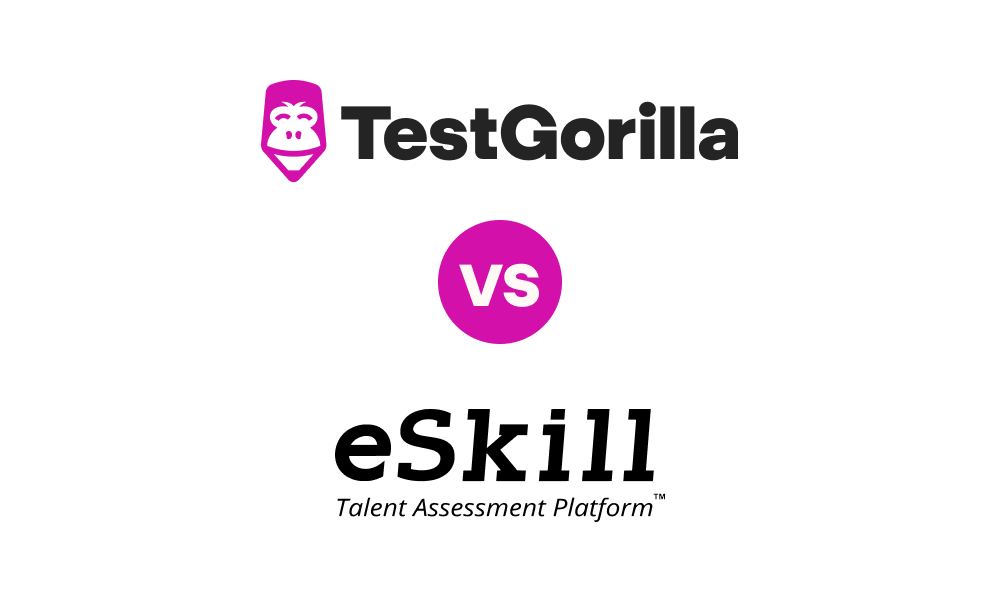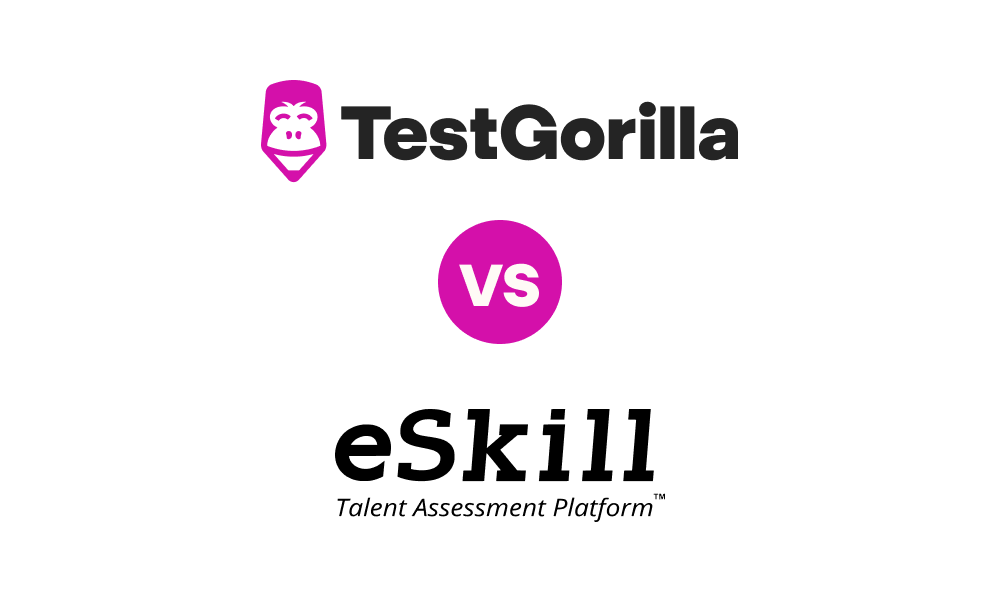If you have workers that report to you, you will have to deal with employee mistakes at some point. You’ll probably have to deal with them a lot: the average American employee makes 118 mistakes a year.
Top companies don’t have flawless employees that never have missteps that could potentially hurt the organization. Instead, they have effective ways to deal with employee mistakes. As a leader, how you approach and deal with errors is the difference between scared and embittered employees and well-trained and enthusiastic ones.
Mistakes are valuable opportunities for companies and employees. By taking the right approach and stepping back from frustration or anger, you can create learning experiences. It is a chance to dig deeper and build a stronger company and workforce.
Here are some of the top tips for handling employee blunders that will help build a better and more knowledgeable workforce.
Table of contents
#1: Review the 5 Whys method
Before you reprimand an employee over a mistake, it’s important to take a step back and consider the larger picture. Is it truly a one-time lapse in judgment, or is there something more going on that will only lead to more problems in the future?
The 5 Whys method was developed at Toyota as a way to explore the deeper reasons why mistakes and missteps happen in a company. Although it may be easier to deal with the error or problem at the surface level, the 5 Whys helps create a permanent solution. By finding and correcting the root cause, you can prevent the issue from popping up again.
A basic rule of the 5 Whys is that a person is never a root cause. Instead, it should point to a process that is missing or not working well.
For example, you may have an employee that failed to make a delivery on time. Take some time to get to the root problem by asking why after each cause:
The driver was late. Why?
He was late because he had a flat tire. Why?
The tire was flat because it was worn out. Why?
The tire was worn out because it hadn’t been changed when it was supposed to. Why?
The tire wasn’t changed because the vehicle had not been inspected. Why?
The vehicle was not inspected because employees were not given training on vehicle inspections.
The root cause, then, is not that the employee was late. Instead, it was the lack of training on inspections that lead to the flat tire in the first place. This method is called the 5 Whys because it typically takes five causes to get to the underlying root cause.
Take some time to ensure that nothing is contributing to the mistake, so you don’t have to run into the same problem again down the line.
#2: Consider any biases
Another factor to consider is observing any potential bias before responding to a mistake. Sometimes unconscious bias causes us to react differently than we otherwise would. Biases based on gender, race, nationality, or any number of factors could create an unfair situation for your employees where one’s mistakes are judged more harshly than another’s.
The best way to fight unconscious bias is to take a step back and see if you may have inflated expectations based on something other than an employee’s work that affects how you react.
#3: Think ahead about what to say
It can be frustrating to weed through others’ mistakes and face the consequences for blunders that aren’t your fault. Anger is a natural reaction that can get triggered in leadership. However, it can also cause a response that demoralizes your employee, and that you ultimately regret.
Where possible, try not to respond in the moment and instead consider what you will say beforehand. Take a breath or walk before speaking with anyone to calm down.
Also, decide whether it is something to sit down and talk with them about first. Consider their history: is this a one-time new problem or a recurring pattern? Good leadership is a delicate balance: you don’t want to nitpick, but it’s also important that issues don’t pile up until it hurts the business.
If it is something that needs to be addressed, think of something positive to say ahead of time. If you are overly negative, your employee may worry they’re getting fired. That will automatically put them in fight or flight mode, and they will likely not hear a word that you are saying.
Choose your words wisely. The right words can build up an employee instead of making them defensive. You want your worker to hear what you have to say and fix the issue instead of damaging (or even destroying) your relationship.
#4: Start with appreciation
Begin your conversation on a positive note. Acknowledge your employees’ hard work and what they are getting right. Do they bring a positive and energetic vibe to the workspace? Are they getting some part of their job perfectly? Do customers love them? Mention it during this time.
Correcting an employee’s mistake is a sensitive matter. By acknowledging their work first, you can discuss their mistake without completely demoralizing them. A positive note will help them open up to listen to what you have to say.
Source: https://www.quantumworkplace.com/2020-employee-engagement-trends
Also, it’s important not to end your praise with the phrase “but.” The acknowledgment of what they are doing well is not conditional and therefore needs to stand on its own. When you say “but,” “however,” or another negative transitional phrase, it will instantly negate your praise and undo the progress you made.
As a manager, praising and recognizing your employees should be foundational to your leadership style. In one survey, 53% of employees stated that they needed more recognition from their managers. Correcting a mistake is a vital time to do so.
#5: Lead with curiosity
Mistakes are a vital time for learning lessons. Instead of accusations or rhetorical questions, like “what were you thinking?!”, ask gentle questions that get them to open up to you. For example, asking, “Help me understand why…” could help break through their natural defensiveness to explain their side.
Your employee should not feel attacked during your discussion. They should also feel like they were able to explain their side thoroughly. Leading with curiosity helps you explore their side of the situation so that you can both effectively address the mistake together.
#6: Consider motivation
Taking risks is at the heart of every business. It is also critical to a successful employee and promotes the kind of initiative that helps the company. As a manager, you don’t want employees disrupting your work to ask questions and to ask for approval before executing every task. Because of how important it can be, you don’t want to be discouraging your employees from taking measured risks.
Encourage prudent risk-taking by acknowledging the initiative that the employee had in their mistake. Next, take some time to explain to the employee how their judgment or execution was off in this case. Discuss where things went wrong and why this kind of risk-taking is inappropriate for their position.
#7: Problem-solve together
While correcting a mistake, it’s important to focus on the future. Past-focused questions are loaded with emotion. Overly fixating on the problem will make your employee feel like you are out to get them, and triggers defensiveness.
Instead, work together to develop a plan to prevent making the mistake again in the future. Ask future-focused questions like, “How will you respond differently next time?” Instead of lecturing on what they did wrong, work with them to consider effective solutions. It is a teaching moment where they can reflect and problem-solve with you, and not feel like it’s a punishment.
#8: Prevent mistakes in the first place
Every employee is bound to make a mistake from time to time. However, there is a difference between making a mistake and being unsuited for a role or position. Poor hiring practices can lead to errors and bad fits for your company.
Taking time to assess your candidate’s skill level during hiring can help prevent mistakes. For example, pre-employment math tests or testing their attention to detail can help prevent careless errors. It can also help you avoid a company culture that doesn’t have an appropriate amount of attention and caution in work.
Keep employee mistakes from ruining your company
Mistakes are never an exciting thing for management or employees to address. However, it can be an important teaching moment. Without proper caution and restraint, managers run the risk of demoralizing their employees. Done the right way, employees can learn how to fill their roles in the company better.
However, the best way to handle a mistake is to avoid it altogether. Applying the 5 Whys concept and smart hiring practices means that errors will become less commonplace in the company.
Need help with improving your hiring practices? We can help! Ask us how our pre-employment testing can help you find the right candidates.
Related posts
Hire the best candidates with TestGorilla
Create pre-employment assessments in minutes to screen candidates, save time, and hire the best talent.
Latest posts
The best advice in pre-employment testing, in your inbox.
No spam. Unsubscribe at any time.

Hire the best. No bias. No stress.
Our screening tests identify the best candidates and make your hiring decisions faster, easier, and bias-free.
Free resources
This checklist covers key features you should look for when choosing a skills testing platform
This resource will help you develop an onboarding checklist for new hires.
How to assess your candidates' attention to detail.
Learn how to get human resources certified through HRCI or SHRM.
Learn how you can improve the level of talent at your company.
Learn how CapitalT reduced hiring bias with online skills assessments.
Learn how to make the resume process more efficient and more effective.
Improve your hiring strategy with these 7 critical recruitment metrics.
Learn how Sukhi decreased time spent reviewing resumes by 83%!
Hire more efficiently with these hacks that 99% of recruiters aren't using.
Make a business case for diversity and inclusion initiatives with this data.




















